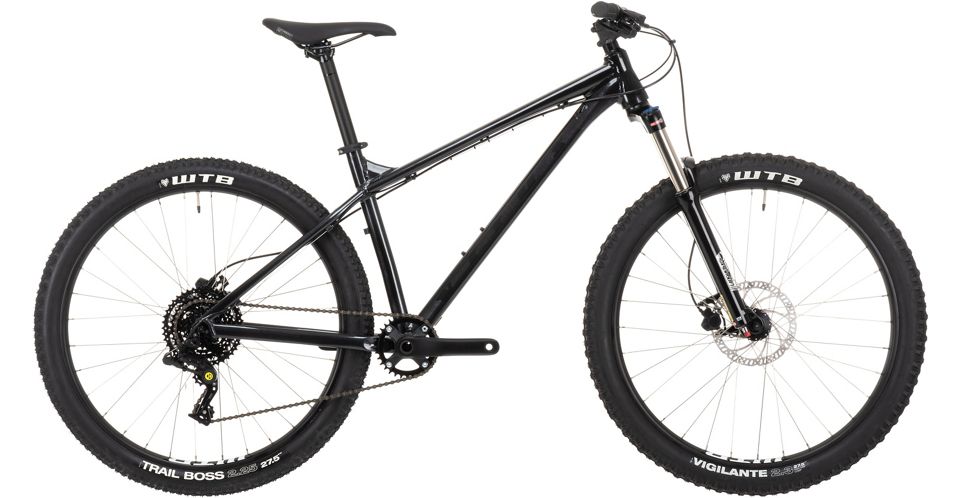Flood Aero 11′ Rattler Inflatable Paddle Board | Inflatable SUPs | BOTE
To pay homage to the legend of Florida Man, we did what we do best: took things to the next level with a new Flood design affectionately named The Rattler. Only 100 of these limited-edition Floods were made. Are you Florida Man enough to rock The Rattler?
LIMITED EDITION STYLE
PERFECT FOR THESE SKILL LEVELS
BEGINNER INTERMEDIATE ADVANCED
LIMITED EDITION STYLE
Are you Florida Man enough to rock The Rattler? Only 100 of these limited-edition Floods were made. When they’re gone, they’re gone. Get after it!
FAMILY FRIENDLY
The Flood Aero has all the essentials to give you and your family a fun day out on the water with all the style that comes with owning a BOTE.
ANY WATERWAY, ANY DAY
The engineering of the entry rocker coupled with the thickness of the rails make the Flood Aero extremely stable in most water conditions.
MAGNEPOD™ COMPATIBLE
The MAGNEPOD™ magnetic base is a revolutionary, tool-less drink retention system that makes securing your BOTE magnetic drinkware a snap.
ALL THE BOTE ESSENTIALS
Our most entry-level board that still boasts compatability with BOTE rac systems so you can deck it out to fit your needs.
MADE WITH AEROBOTE
Constructed with our Aero Technology™ to ensure peak rigidity and performance.
Additional information
| Dimensions | 11′ L × 32″ W × 6″ D |
|---|---|
| Capacity | 275 LBS |
| Avg. Weight | 28 LBS |
| Travel Bag Dimensions | 36″ L × 17″ W × 13″ D |
| Loaded Bag Weight | 42 LBS |






by Jennifer
Love the look of this board, but it is too narrow for my liking, and I didn’t realize until after I purchased it. Bote accepted my return but before I sent it back, I had a friend decide to buy it from me. She is very happy – and so am I as I now have the HD Aero Bugslinger.
by Kiki
I loved it!! light and easy to use.
by Paul
I did a lot of research before deciding on my Bote Flood Aero. I’m very happy with this board. Easy to store indoors and to pack away in my car. When fully inflated it is the right amount of room for myself and a sling pack too.
by Chase
I absolutely LOVE my Flood! Easy to inflate, spring, perfect length and I get complements from everyone when I take it out!
by Joseph
I haven’t had the weather to get out on the water yet. I did inflate it in the garage and it’s a great looking board. If it performs anywhere near as good as it looks i’ll be a happy customer!